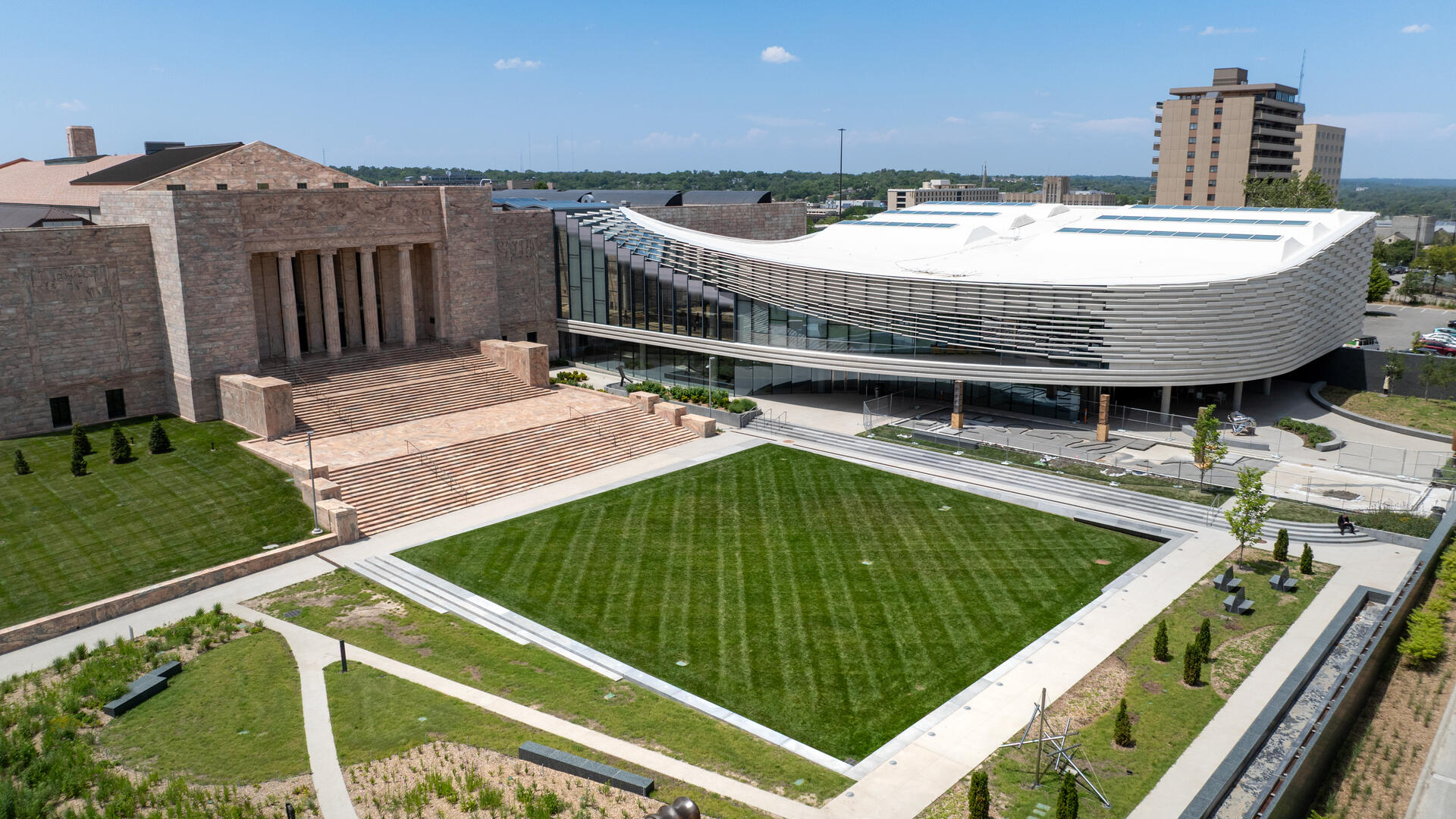When the groundwater aquifer beneath Murdock, Nebraska, was found to be contaminated by carbon tetrachloride (a carcinogenic and liver-damaging compound), the local drinking water wells were shut down, and the village was connected to a rural water district.
The contaminated groundwater was entering a local stream, so it was necessary to clean the surface water, as well. Argonne National Laboratory hired Olsson to design a constructed wetland as part of an experimental phytoremediation project.
The wetland design met several objectives:
- To supplement the phytoremediation site to optimize removal of carbon tetrachloride
- To protect adjacent properties from flooding and channel instability
- To enhance wildlife habitat
- To create recreational and educational opportunities for the citizens of Murdock
Features were incorporated into the wetland design that would encourage physical volatilization of carbon tetrachloride during the non-growing season and biological removal during the growing season. As with any constructed wetland, control of the hydrologic regime was an important consideration for water quality improvement, habitat development, and maintenance.
The water level is controlled by adjustable stop-logs mounted in a concrete outlet structure. The primary and secondary outlets were sized to safely pass a 100-year storm event.

































.avif)





































.avif)























